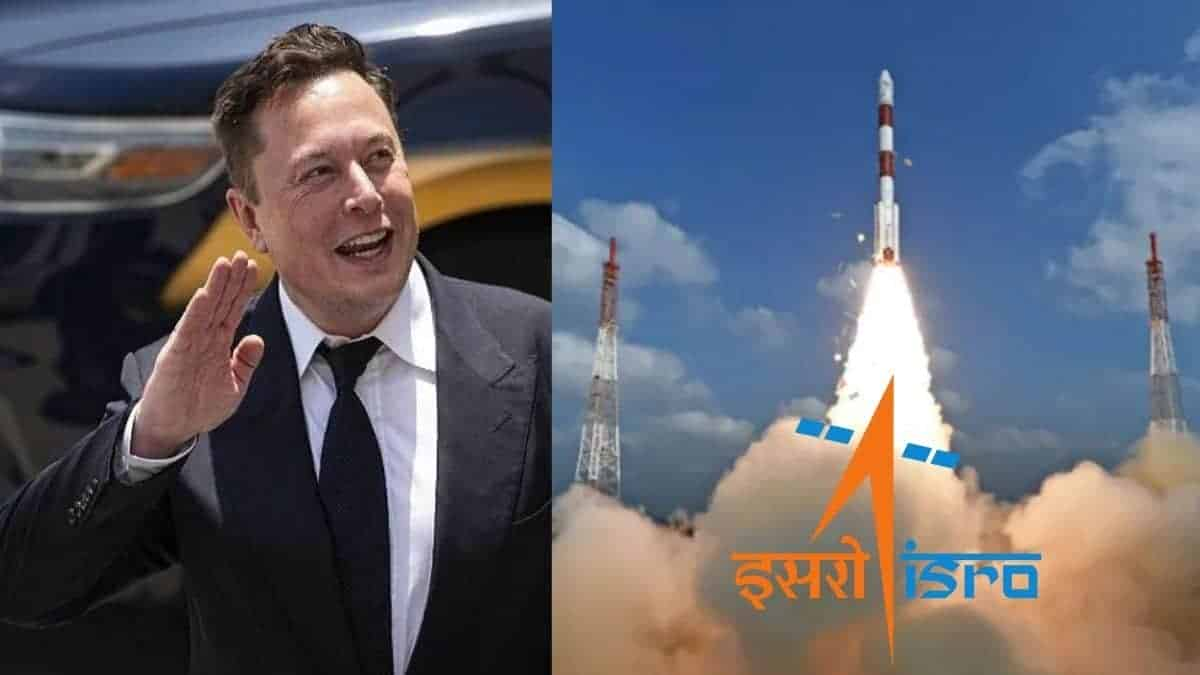Elon Musk’s SpaceX’s Starlink low earth orbit (LEO) satellites causing trouble for ISRO

Elon Musk’s SpaceX’s Starlink constellation of low earth orbit (LEO) satellites is causing a lot of problems for Indian satellites, with Isro needing to re-position them 19 times in 2021 to avoid a collision.
This could be only the start, as SpaceX wants to launch hundreds more LEO satellites in the future to provide internet services around the world.
This was clear in an Isro presentation on February 10 in Vienna, during a meeting of the UN Committee on the Peaceful Uses of Outer Space, which was chaired by AK Anilkumar.
According to a copy of the paper made available to TOI, there were “many conjunctions within 1 kms, especially for spacecraft in 550 kilometres orbit” for SpaceX’s Starlink satellites.
“Indian satellites originally intended for 550 kilometres were relocated to 574 kilometres,” according to the presentation, which also notes that with the growth of huge constellations of LEO satellites in the future, more frequent conjunctions are expected.
According to the presentation, the launch window for Isro satellites has shrunk even further due to the large number of LEO satellites in the sky at any given time.
In terms of future worries, it states that there is a “substantial increase in collision probability” and that “safe lift-off time selection is constrained.”
Due to “observational challenges due to LEO constellation satellite streaks,” these swarms of LEO satellites are also hampering terrestrial observations and astronomy.
In general, the number of collision avoidance operations for Isro satellites in LEO was 14, while those in geostationary orbit was five in 2021, according to the report.
According to the presentation, “a close conjunction of Chandrayaan-2 with Nasa’s Lunar Reconnaissance Orbiter (LRO) was expected on October 20, 2021.”
On October 18, Nasa and Isro agreed on a mitigation technique, averting danger to both spacecraft, according to the report.
Regular assessments of “near approach scenario for Mars Orbiter Mission and Chandrayaan-2 orbiter are done in close coordination with Nasa’s JPL (Jet Propulsion Laboratory),” according to the paper.
“Micrometeoroid orbital debris impact studies and protection is being done for Nisar (the Nasa-Isro Synthetic Aperture Radar mission) and Gaganyaan,” according to the presentation. This will be used in the design of future spacecraft.”


